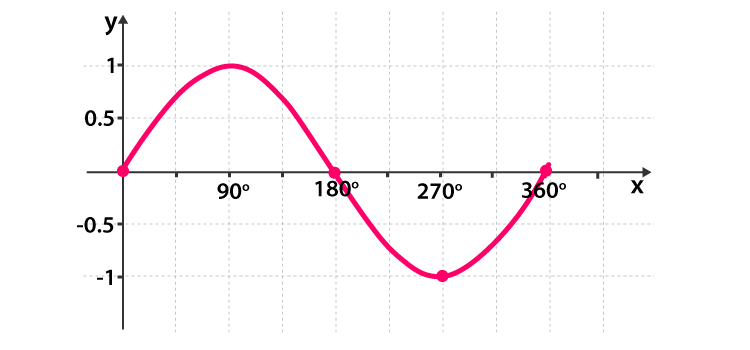MARCH 27, 2020 – We’re in the thick of it. The virus brings abject fear, grim statistics, disturbing images. I’m told stress can reduce one’s ability to produce antibodies—ironically, a suggestion that adds to stress.
I’m striving to reduce stress by reducing exposure to the news. I’ve quit The Times. I’ve stopped watching cable and network news. No more podcasts or public radio. (In full disclosure . . . I cheat: twice daily, CNN online headlines; three, four times daily, a Facebook scroll—a “flyover,” with only an occasional “like” or comment dropped on a “friendly’s” post.
While avoiding news, I’ve focused on the historical record of human folly—and in equal proportion, human achievement. Except . . .
It’s not always easy to distinguish between “folly” and “achievement.”
Take a graph with the ‘y’ axis representing quantity and ‘x,’ time. Few things, from commodity pricing to outdoor temperatures, follow a smooth slope. They might move smoothly within a narrow slice of the ‘x’ axis or in a general direction over a wider span of time, but outside the narrow and inside the longer, the graph line is jagged. Depending on whether you zero in or zoom out, you can show quite opposing results.
One of civilization’s great achievements: development of a worldwide system of air travel involving 110,000 daily commercial flights, ferrying millions of people—with an accident rate approaching statistical zero. Now tell that to someone on a ventilator in New Orleans fighting an invader that originated in Wuhan, arriving here via a Boeing aircraft. “Achievement” or . . . “folly”? But is it “folly” to the billions of people who will survive to inherit the earth after the current crisis?
What if we introduce the ravages of climate change? Is air travel—a major contributor to carbon emissions and ultimately, climate change—back to being a supreme “folly,” if the billions who survive climate change will inherit a deeply wounded planet?
But then there’s the reverse of “achievement” leading to “folly.” Consider The Great Bridge, David McCullough’s fascinating account of the building of the Brooklyn Bridge. Last night I read a fascinating account of life/politics in New York and Brooklyn in the early 1870s (at the time of the bridge-building, they were two distinct cities). Contemporary opinion leaders concluded that the Great American Experiment had become the Great American Folly—so laden with avarice and corruption and horrific suffering among many swaths of the population (dare I mention “back page” items such as “smallpox” and “cholera”?) as to be well beyond imaginable redemption.
If America is still burdened by “folly,” our country certainly “achieved” success in overcoming earlier forms of folly. And out of the folly rose a remarkable achievement—the Brooklyn Bridge . . . and a whole lot else.
Bottom line: unless, until we evolve further, perhaps the best way to depict the human condition is not by an up or down graph, but by a perpetual sine curve.
(Remember to subscribe to this blog and receive notifications of new posts by email.)
© 2020 by Eric Nilsson
